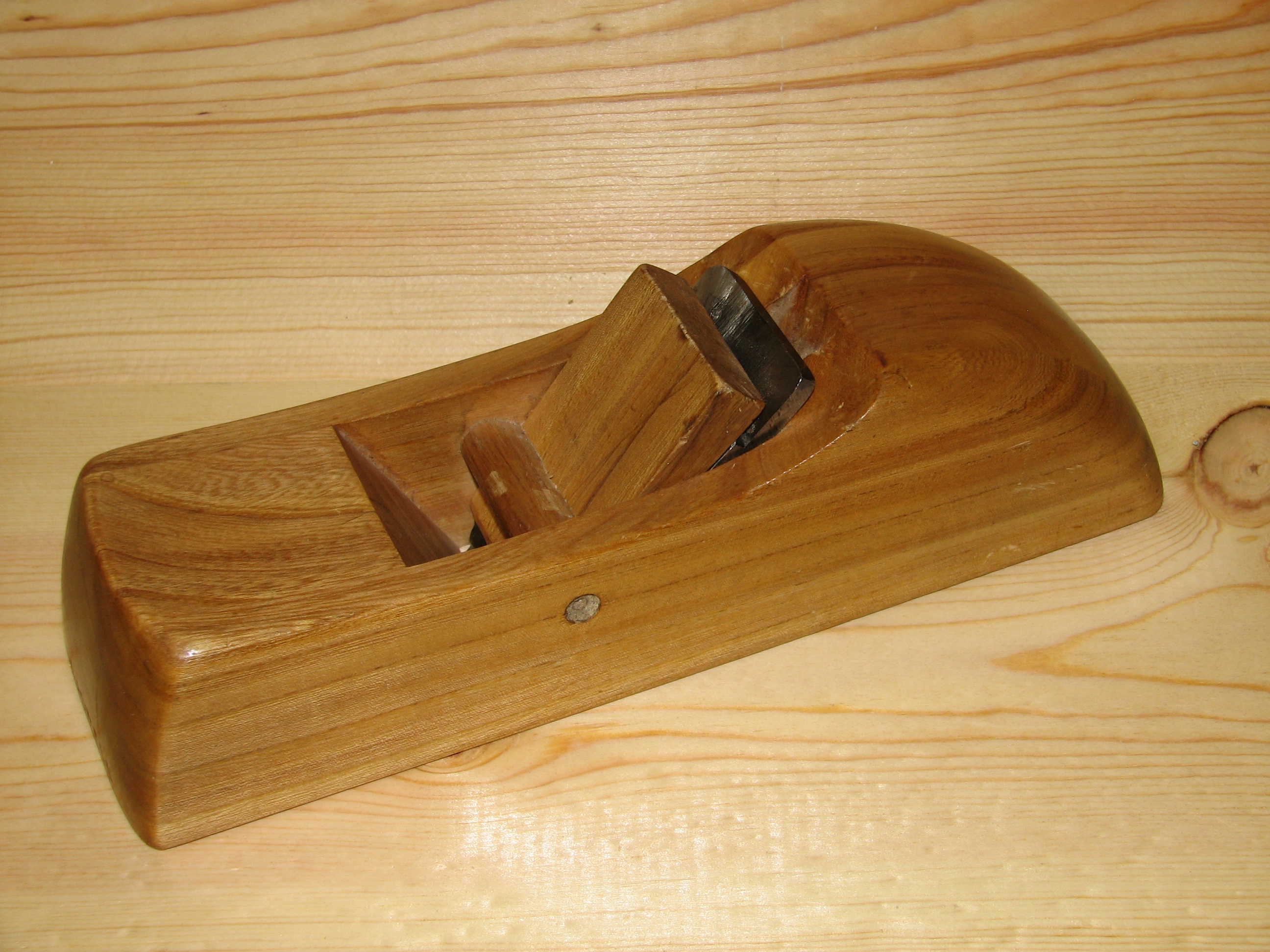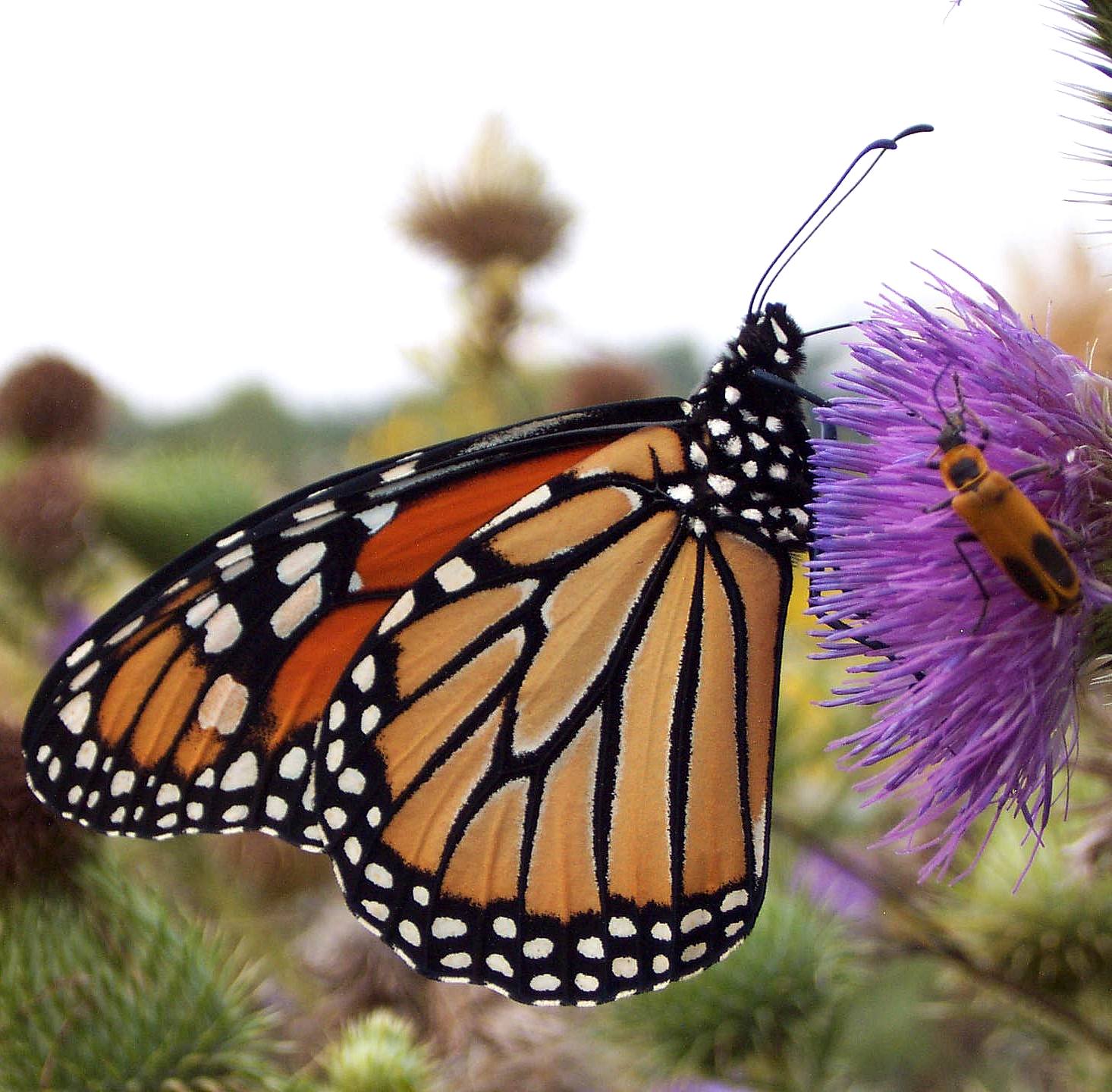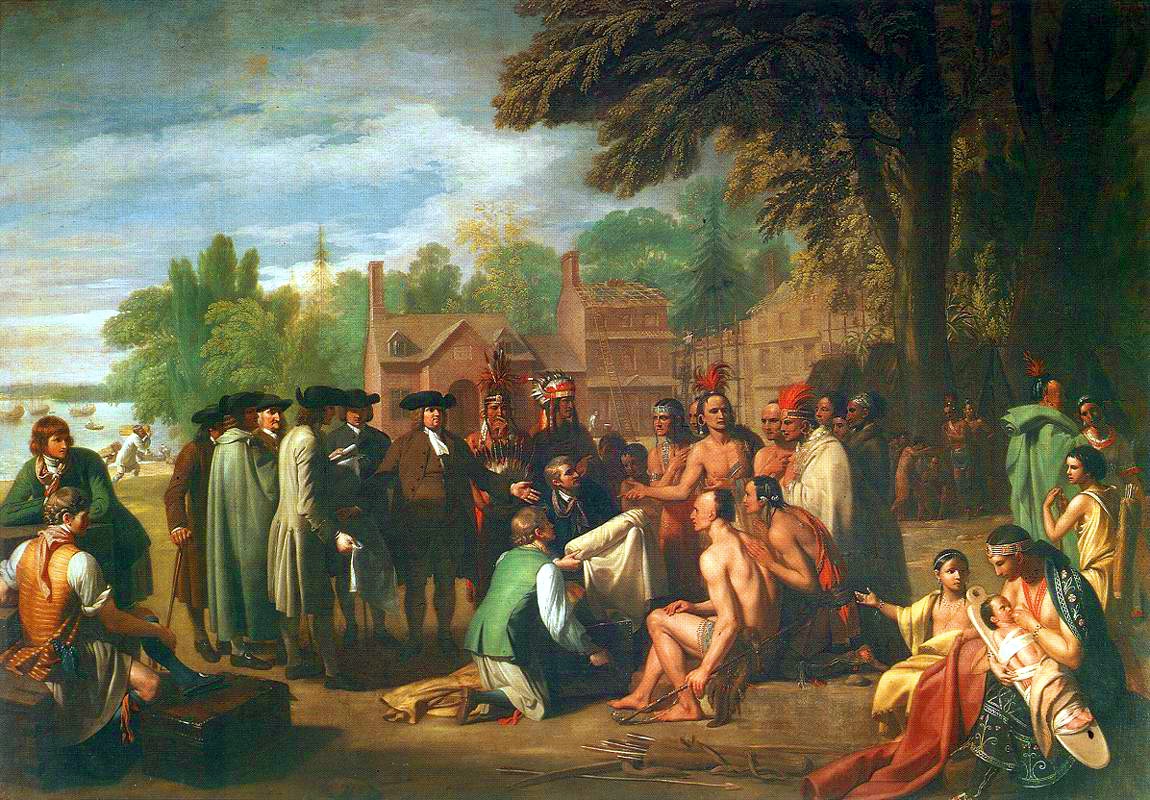|
Ulmus Americana 'Columnaris'
The American Elm cultivar ''Ulmus americana'' 'Columnaris' was propagated by R. E. Horsey of the Rochester N.Y. Parks Department from a tree found by Mr John Dunbar at Conesus Lake, New York, in 1911, and originally described as a ''forma'', ''Ulmus americana'' L. f. ''columnaris'', f. ''nov.'' Rehder (1922). It was the earliest of a number of compact, columnar American elm cultivars, to be followed by 'Ascendens' and 'Augustine Ascendening'. Description As implied by its name, the tree has a fastigiate, columnar form, of almost equal width from the base to a top which is rather flat in appearance. "The leaves differ from those of the common form," wrote Rehder (1922), "in being rather broad, measuring up to 7.5 cm. in width, very sharply and deeply doubly serrate, scabrous above, pilose on the veins and veinlets beneath and very unequal at the base; the petioles are very short, not exceeding 3 mm. in length; the young branchlets are pubescent." Pests and diseases No specifi ... [...More Info...] [...Related Items...] OR: [Wikipedia] [Google] [Baidu] |
Ulmus Americana
''Ulmus americana'', generally known as the American elm or, less commonly, as the white elm or water elm, is a species of elm native to eastern North America, naturally occurring from Nova Scotia west to Alberta and Montana, and south to Florida and central Texas. The American elm is an extremely hardy tree that can withstand winter temperatures as low as −42 ° C (−44 ° F). Trees in areas unaffected by Dutch elm disease (DED) can live for several hundred years. A prime example of the species was the Sauble Elm, which grew beside the banks of the Sauble River in Ontario, Canada, to a height of 43 m (140 ft), with a d.b.h of 196 cm (6.43 ft) before succumbing to DED; when it was felled in 1968, a tree-ring count established that it had germinated in 1701. For over 80 years, ''U. americana'' had been identified as a tetraploid, i.e. having double the usual number of chromosomes, making it unique within the genus. However, a study published in 2011 by t ... [...More Info...] [...Related Items...] OR: [Wikipedia] [Google] [Baidu] |
Dutch Elm Disease
Dutch elm disease (DED) is caused by a member of the sac fungi (Ascomycota) affecting elm trees, and is spread by elm bark beetles. Although believed to be originally native to Asia, the disease was accidentally introduced into Americas, America, Europe, and New Zealand. In these regions it has devastated native populations of elms that did not have resistance to the disease. The name "Dutch elm disease" refers to its identification in 1921 and later in the Netherlands by Dutch phytopathologists Marie Beatrice Schol-Schwarz, Bea Schwarz and Christine Buisman, who both worked with professor Johanna Westerdijk. The disease affects species in the genera ''Ulmus'' and ''Zelkova''; therefore it is not specific to the Ulmus × hollandica, Dutch elm hybrid. Overview Dutch elm disease (DED) is caused by ascomycete microfungi. [...More Info...] [...Related Items...] OR: [Wikipedia] [Google] [Baidu] |
American Elm Cultivar
American(s) may refer to: * American, something of, from, or related to the United States of America, commonly known as the "United States" or "America" ** Americans, citizens and nationals of the United States of America ** American ancestry, people who self-identify their ancestry as "American" ** American English, the set of varieties of the English language native to the United States ** Native Americans in the United States, indigenous peoples of the United States * American, something of, from, or related to the Americas, also known as "America" ** Indigenous peoples of the Americas * American (word), for analysis and history of the meanings in various contexts Organizations * American Airlines, U.S.-based airline headquartered in Fort Worth, Texas * American Athletic Conference, an American college athletic conference * American Recordings (record label), a record label previously known as Def American * American University, in Washington, D.C. Sports teams Soccer * ... [...More Info...] [...Related Items...] OR: [Wikipedia] [Google] [Baidu] |
Illinois
Illinois ( ) is a U.S. state, state in the Midwestern United States, Midwestern United States. Its largest metropolitan areas include the Chicago metropolitan area, and the Metro East section, of Greater St. Louis. Other smaller metropolitan areas include, Peoria metropolitan area, Illinois, Peoria and Rockford metropolitan area, Illinois, Rockford, as well Springfield, Illinois, Springfield, its capital. Of the fifty U.S. states, Illinois has the List of U.S. states and territories by GDP, fifth-largest gross domestic product (GDP), the List of U.S. states and territories by population, sixth-largest population, and the List of U.S. states and territories by area, 25th-largest land area. Illinois has a highly diverse Economy of Illinois, economy, with the global city of Chicago in the northeast, major industrial and agricultural productivity, agricultural hubs in the north and center, and natural resources such as coal, timber, and petroleum in the south. Owing to its centr ... [...More Info...] [...Related Items...] OR: [Wikipedia] [Google] [Baidu] |
Morton Arboretum
The Morton Arboretum, in Lisle, Illinois, United States, is a public garden, and outdoor museum with a library, herbarium, and program in tree research including the Center for Tree Science. Its grounds, covering 1,700 acres (6.9 square kilometres), include cataloged collections of trees and other living plants, gardens, and restored areas, among which is a restored tallgrass prairie. The living collections include more than 4,100 different plant species. There are more than 200,000 cataloged plants. As a place of recreation, the Arboretum has hiking trails, roadways for driving and bicycling, a interactive children's garden and a maze. The Schulenberg Prairie at the Arboretum was one of the earliest prairie restoration projects in the Midwest, begun in 1962. It is one of the largest restored prairies in the Chicago suburban area. The Arboretum offers an extensive nature-centered education program for children, families, school groups, scouts, and adults, including tree and r ... [...More Info...] [...Related Items...] OR: [Wikipedia] [Google] [Baidu] |
Verticillium Wilt
Verticillium wilt is a wilt disease affecting over 350 species of eudicot plants. It is caused by six species of ''Verticillium'' fungi: ''V. dahliae'', ''V. albo-atrum'', ''V. longisporum'', ''V. nubilum'', ''V. theobromae'' and ''V. tricorpus''. Many economically important plants are susceptible including cotton, tomatoes, potatoes, oilseed rape, eggplants, peppers and ornamentals, as well as others in natural vegetation communities. Many eudicot species and cultivars are resistant to the disease and all monocots, gymnosperms and ferns are immune. Signs are superficially similar to ''Fusarium'' wilts. There are no fungicides characterized for the control of this disease but soil fumigation with chloropicrin has been proven successful in dramatically reducing ''Verticillium'' wilt in diverse crops such as vegetables using plasticulture production methods, and in non-tarped potato production in North America . Additional strategies to manage the disease include crop rotation, t ... [...More Info...] [...Related Items...] OR: [Wikipedia] [Google] [Baidu] |
Popillia Japonica
The Japanese beetle (''Popillia japonica'') is a species of scarab beetle. The adult measures in length and in width, has iridescent copper-colored elytra and a green thorax and head. It is not very destructive in Japan (where it is controlled by natural predators), but in North America and some regions of Europe is a noted pest to roughly 300 species of plants, including rose bushes, grapes, hops, canna, crape myrtles, birch trees, linden trees, and others. The adult beetles damage plants by skeletonizing the foliage (i.e., consuming only the material between a leaf's veins) as well as, at times, feeding on a plant's fruit. The subterranean larvae feed on the roots of grasses. Description Adult ''P. japonica'' measure in length and in width, with iridescent copper-colored elytra and green thorax and head. A row of white tufts (spots) of hair project from under the wing covers on each side of the body. Distribution ''Popillia japonica'' is native to Japan, but ... [...More Info...] [...Related Items...] OR: [Wikipedia] [Google] [Baidu] |
Xanthogaleruca Luteola
''Xanthogaleruca luteola'', commonly known as the elm-leaf beetle, is a beetle species in the family Chrysomelidae that is native to Europe but invasive in other parts of the world.http://cisr.ucr.edu/elm_leaf_beetle.html - Center for Invasive Species Research Description The imago (adult beetle) is 6–8 mm in length, and ranges from yellow to green in colour, with a spot on its head, an hourglass mark and two spots on the pronotum, and a broad, dark stripe along the edge of each elytron. The larvae are usually black, occasionally black and yellow, with multiple rows of dots on the back and on the sides and < 13 mm long. The pupae are orange-yellow with black chaetae. The ova are yellow, and laid in spindle-like clusters of < 25 on the undersides of the elm leaves. Distribution These beetles are common in the Western Palearctic realm from Portugal to Central Asia. Indigenous to Europe, they were accidentally introduced to North America and Austra ...[...More Info...] [...Related Items...] OR: [Wikipedia] [Google] [Baidu] |
Elm Yellows
Elm yellows is a plant disease of elm trees that is spread by leafhoppers or by root grafts."Elm Yellows." Elmcare.Com. 19 Mar. 2008 . Elm yellows, also known as elm phloem necrosis, is very aggressive, with no known cure. Elm yellows occurs in the eastern United States, and southern Ontario in Canada. It is caused by phytoplasmas which infect the phloem (inner bark) of the tree.Price, Terry. "Wilt Diseases." Forestpests.Org. 23 Mar. 2005. 19 Mar. 2008 . Similar phytoplasmas, also known confusingly as 'Elm yellows', also occur in Europe.Conti, M., D'Agostino, G., Mittembergher, L. (1987) A recent epiphytotic of elm yellows in Italy. ''Proceedings of the 7th Congress of the Mediterranean Phytopathological Union'', 208–209. Consejeria de Agricultura y Pesca de la Junta de Andalucia, Granada, Spain Infection and death of the phloem effectively girdles the tree and stops the flow of water and nutrients. The disease affects both wild-growing and cultivated trees. Importance Elms are ... [...More Info...] [...Related Items...] OR: [Wikipedia] [Google] [Baidu] |
Alfred Rehder
Alfred Rehder (4 September 1863 in Waldenburg, Saxony – 25 July 1949 in Jamaica Plain, Massachusetts) was a German-American botanical taxonomist and dendrologist who worked at the Arnold Arboretum of Harvard University. He is generally regarded as the foremost dendrologist of his generation. Life Georg Alfred Rehder was born in the castle of Waldenburg to Thekla née Schmidt (1839–1897) and Paul Julius Rehder (1833–1917), the superintendent of parks and gardens of the principality of Schönburg-Waldenburg. Through his father, Rehder was introduced to the gardening profession. On his mother's side of the family, Rehder was likely descended from Henry, Duke of Anhalt-Köthen (1778–1847). Rehder broke off his attendance at the gymnasium in Zwickau in 1881 and did not pursue university studies, instead working for three years as an apprentice under the tutelage of his father. His professional career began in 1884 at the Berlin Botanical Garden. Here he was able ... [...More Info...] [...Related Items...] OR: [Wikipedia] [Google] [Baidu] |
American Elm
''Ulmus americana'', generally known as the American elm or, less commonly, as the white elm or water elm, is a species of elm native to eastern North America, naturally occurring from Nova Scotia west to Alberta and Montana, and south to Florida and central Texas. The American elm is an extremely hardy tree that can withstand winter temperatures as low as −42 ° C (−44 ° F). Trees in areas unaffected by Dutch elm disease (DED) can live for several hundred years. A prime example of the species was the Sauble Elm, which grew beside the banks of the Sauble River in Ontario, Canada, to a height of 43 m (140 ft), with a d.b.h of 196 cm (6.43 ft) before succumbing to DED; when it was felled in 1968, a tree-ring count established that it had germinated in 1701. For over 80 years, ''U. americana'' had been identified as a tetraploid, i.e. having double the usual number of chromosomes, making it unique within the genus. However, a study published in 2011 by t ... [...More Info...] [...Related Items...] OR: [Wikipedia] [Google] [Baidu] |
Ulmus Americana 'Augustine'
The American elm cultivar ''Ulmus americana'' 'Augustine', originally called 'Augustine Ascending', was cloned by Archie M. Augustine of the Augustine Nursery of Bloomington, Illinois, from a nursery seedling planted in 1927 in Normal, Illinois, and found to be columnar in habit. See also the similar cultivars 'Columnaris' and 'Ascendens'. It is not known why such a promising clone as 'Ascendens' appears rare in cultivation, but 'Augustine Ascending' was released at about the same date. Neither Green nor Santamour suggested that they were synonyms. Description 'Augustine' is a vigorous fastigiate tree distinguished by its thicker branches and larger, more deeply toothed leaves. ''Flower and Garden Magazine'' reported that the original tree was still standing in 1959 and – erroneously – that the cultivar did not produce seed. The deep root-system of the cultivar was said to be less likely to damage sidewalks than American elm generally. Pests and diseases 'Augustine' ha ... [...More Info...] [...Related Items...] OR: [Wikipedia] [Google] [Baidu] |






.jpg)
